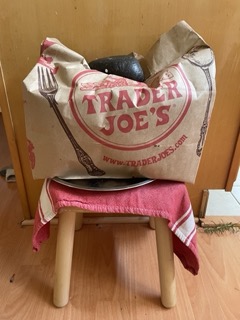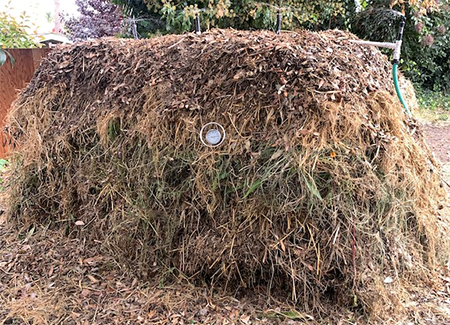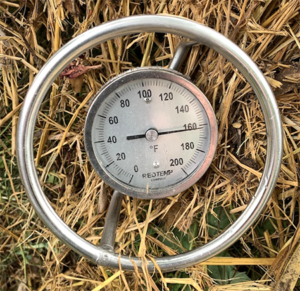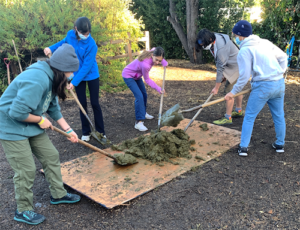
Effortless Composting: Tips for the Busy (and Lazy) Parent
by Priyanka Rajan, WSP Parent
Have you ever wondered what happens to your kitchen scraps? Instead of ending up in a landfill, they could be transformed into rich, nourishing soil. This magical process is called composting, and it’s easier than you think!
Composting is crucial for reducing waste and enriching our soil. As parents of young children, we’ve found it’s also a fantastic way to teach them about the circle of life and our role in it. Every bit of organic waste we compost helps reduce our carbon footprint and supports a healthier planet for our kids. However, traditional composting methods can be messy and time-consuming. Regularly washing out bins with a hose and drying them in the sun can be a hassle, especially with a busy schedule and young children.
We used to follow the standard composting method with the city-provided countertop bin. While effective, it became challenging to maintain, especially with a newborn and sleepless nights. That’s when we discovered a simpler, more convenient way, using grocery store paper bags. By placing peels and compostable items in double-lined brown bags on a tray and sealing them with a rock, we found an effortless solution. Every 2-3 days, we simply toss the whole bag into the green bin. This method has been a game-changer, making composting hassle-free and manageable, even with an infant in tow. No more messy bins to wash and dry – just simple, effective composting.
Imagine this in your own home. Picture your kitchen with a neat, double-lined brown bag ready to catch all your peels and scraps. Visualize how easy it is to toss the scraps from your cutting board into the wide opening of the bag. Every few days, instead of dealing with a messy bin, you simply place the whole bag into your green bin. No extra cleaning, no hassle – just a simple, effective composting routine.
We invite you to try this method and see the difference it can make in your daily routine. Not only will you be reducing waste, but you’ll also be contributing to a healthier environment for your family. Let’s make composting a part of our lives, even amidst our busy schedules and parenting duties. Please give it a try and let us know how it works for you. Together, we can make a wonderful impact!
Priyanka has been connected to the Waldorf School of the Peninsula in various roles for about four years now—first and foremost as a parent, then as a teacher, and now as a student in Teacher Jane and Teacher Denise’s Warm Beginnings Program. She is very grateful to be part of this wonderful community, which has provided her with the opportunity for lifelong learning, especially in navigating parenthood.



